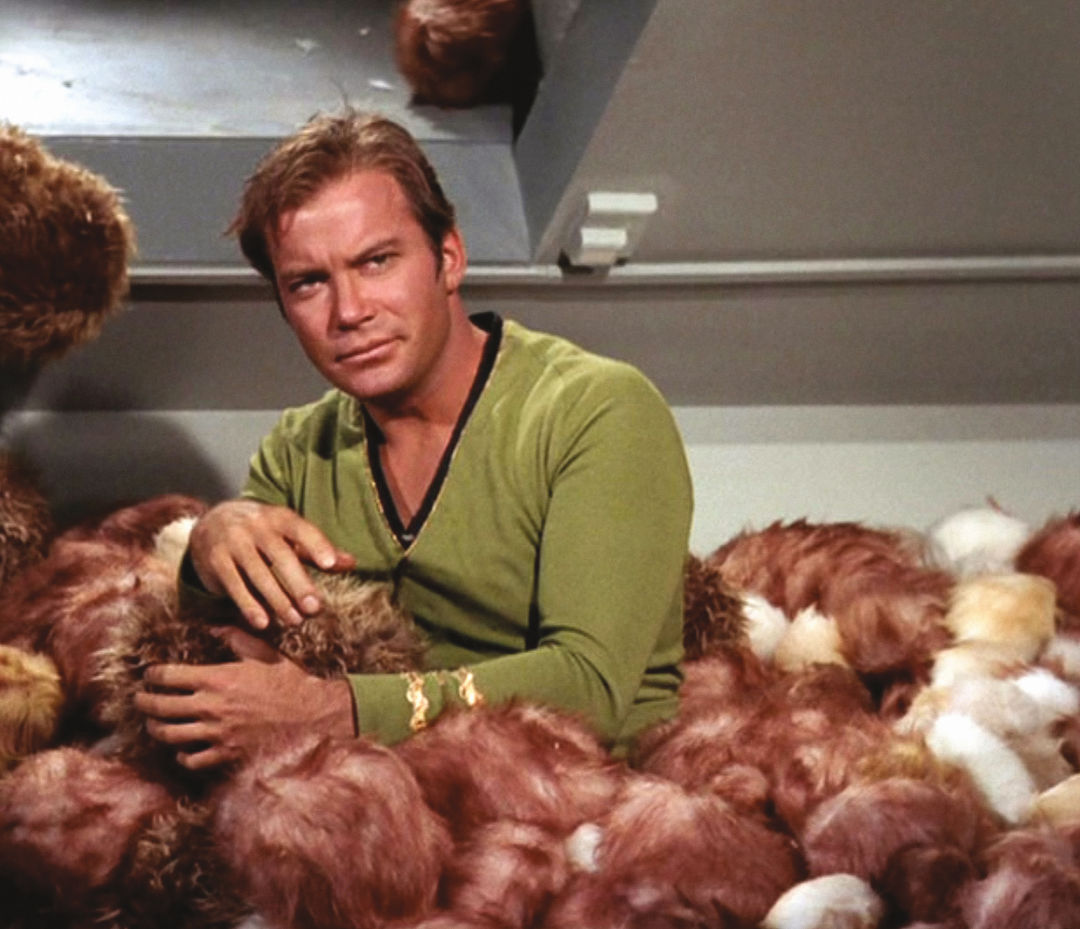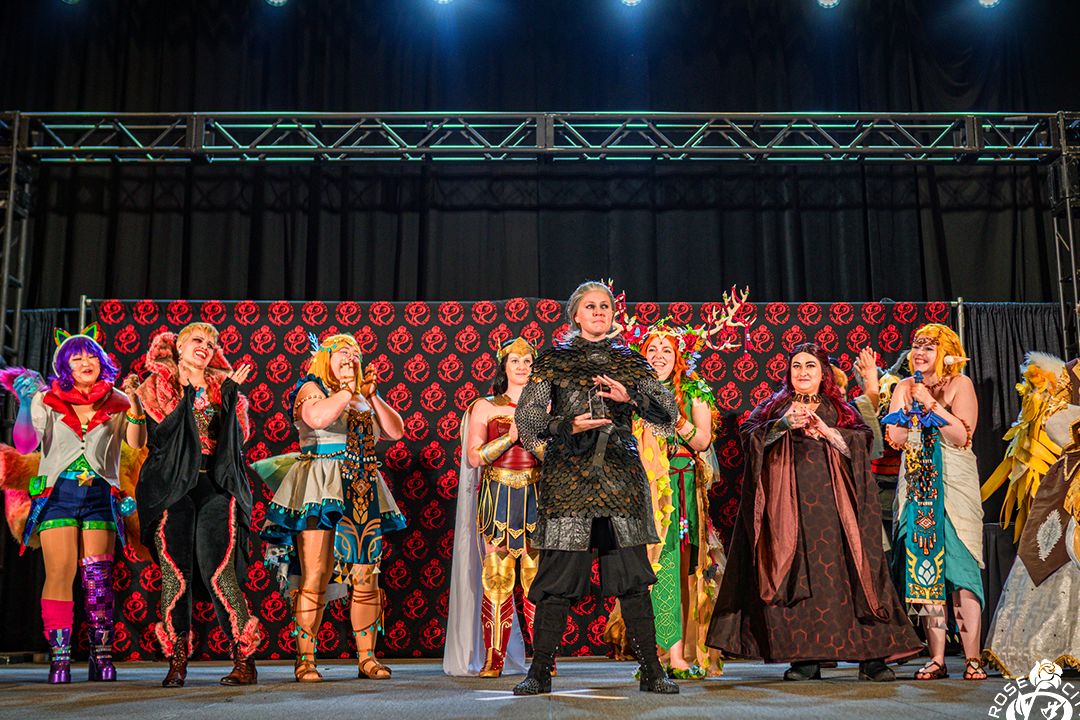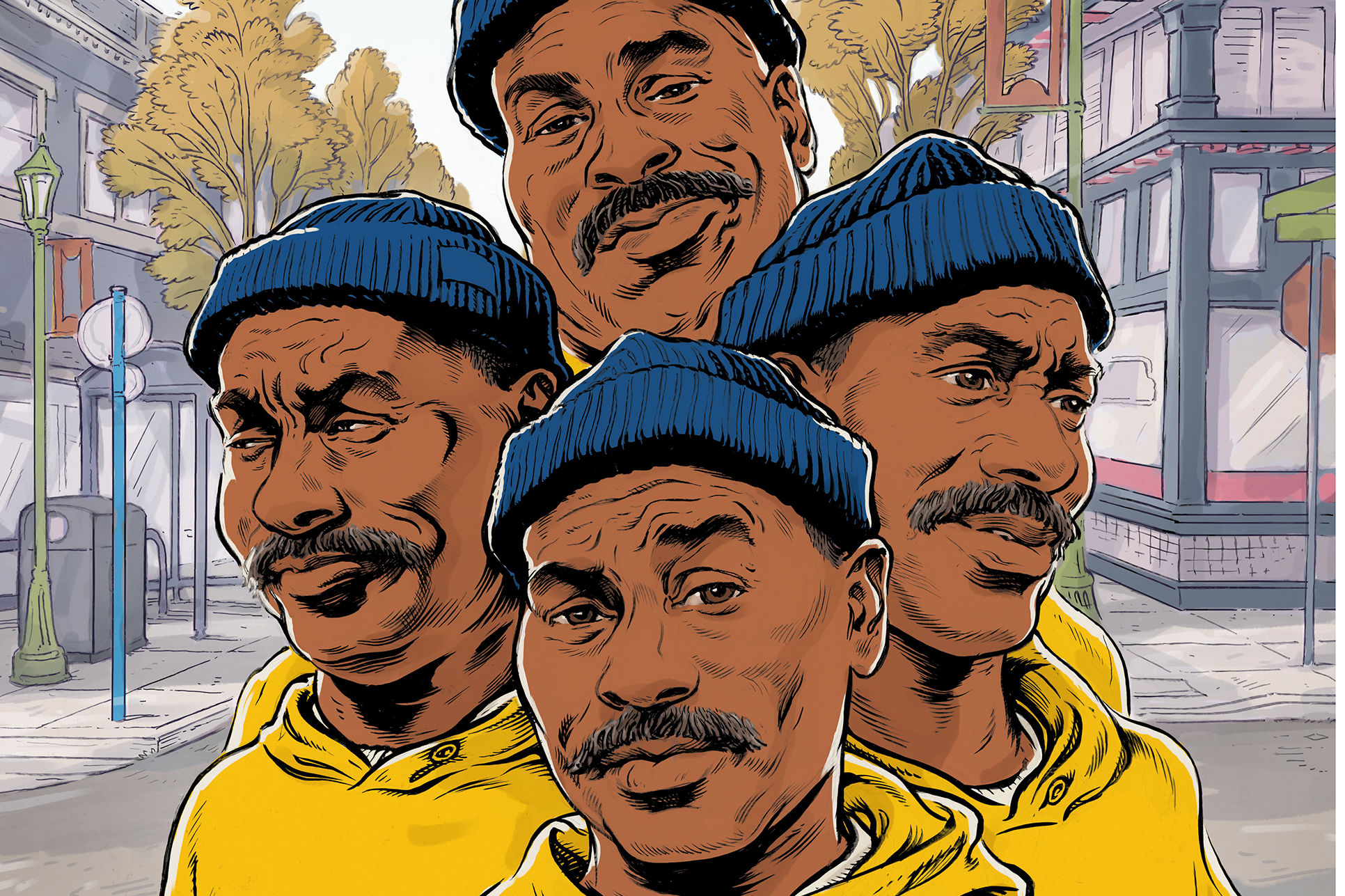How Does Star Trek Tech Hold Up to Today's Devices?

Bae cuddling with some troublesome tribbles, which didn’t need a replicator to reproduce
Image: Courtesy CBS Broadcasting
Since Capt. James T. Kirk first beamed into our living rooms aboard the Starship Enterprise in 1966, our offscreen lives have advanced apace. In Treknology, Portland theoretical astrophysicist Ethan Siegel decided to find out how close we are to some of the iconic Star Trek canon’s inventions, and which ones remain beyond the final frontier.
“The three technologies that I would say are the farthest away are Warp Drive, the Transporter, and subspace communication,” he says, wistfully. “They may not be physically possible.” But despair not: As Discovery, the brand-new Trek series, kicks into warp speed, here are three pieces of Federation tech already here.
Universal Translators
When zooming at warp speed through territories unknown, a Universal Translator can be just the thing. These handheld devices for real-time alien talk were a Star Trek crew essential, ultimately built into ships’ communications systems. These days, we can all be Starfleet crew members, thanks to real-time translating apps.
Portable Auxiliary Display Devices
PADDs were widespread among not just the Federation citizens, but Klingons, Ferengi, and Cardassians—all toted their own little touchscreens. The devices were the stuff of technological fantasy when they appeared as part of the Next Generation arsenal, given the clunky keyboards and boxy screens of that series’ real-world 1980s era. Fast-forward a few decades, however, and the touchscreen device is ubiquitous. “Your smartphone now is far more powerful than any of the PADDs that they have,” Siegel says.
Replicators
“Tea, Earl Grey, hot” was Captain Picard’s famous order to his replicator. Not only did it reproduce food and drink, but the replicator could reproduce any physical object and even, in one case, Picard himself. “We can’t 3-D print Earl Grey tea,” Siegel admits. “But we can replicate a whole slew of things using 3-D printers.” True—the technology still doesn’t stretch to foodstuffs or living creatures. But given what’s happened in a matter of decades, will we really have to wait till Picard’s 24th century for piping-hot tea on command?
Siegel discusses all things Trek on Jan 4 at Powell's Books at Cedar Hills Crossing.




